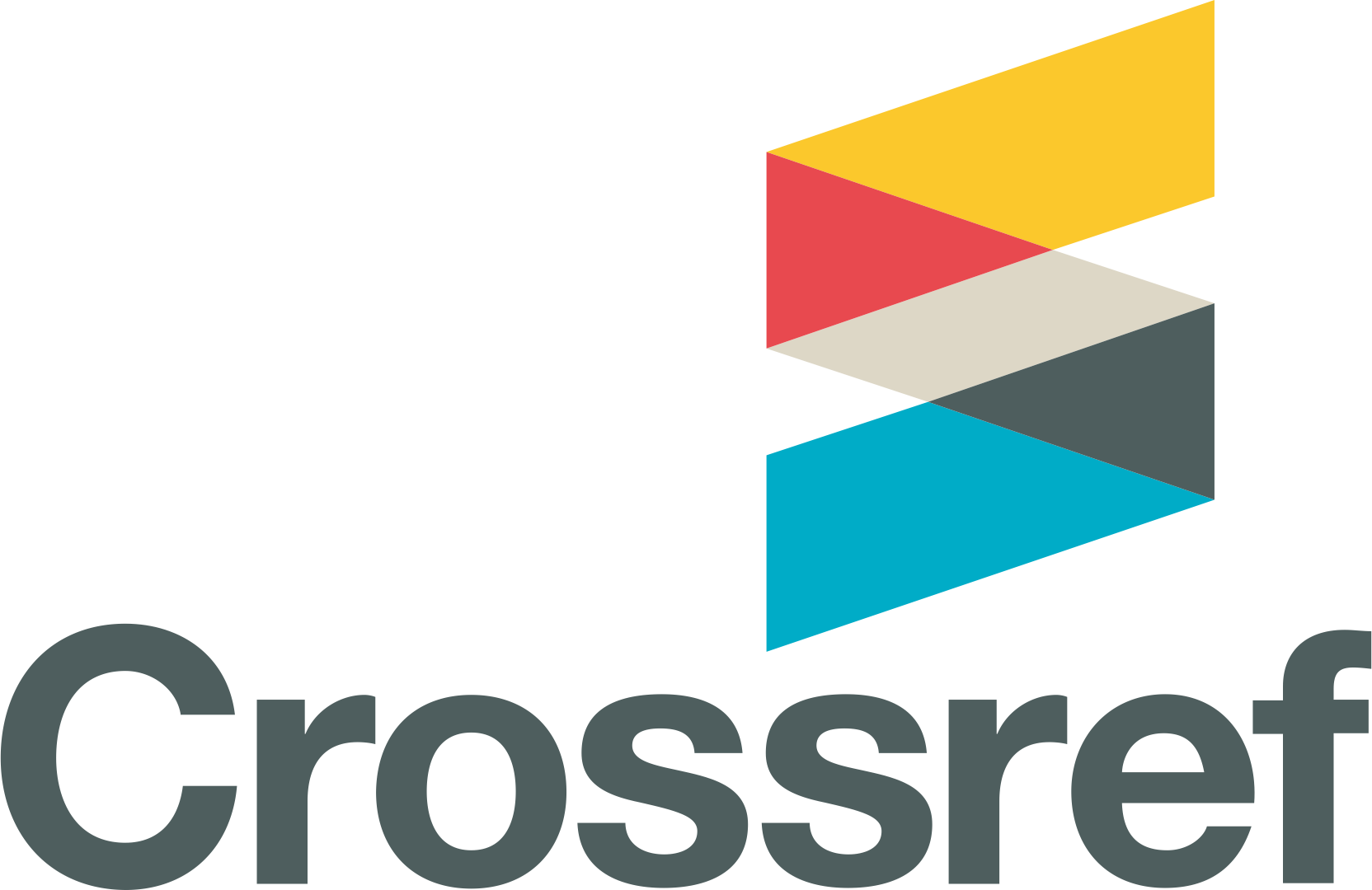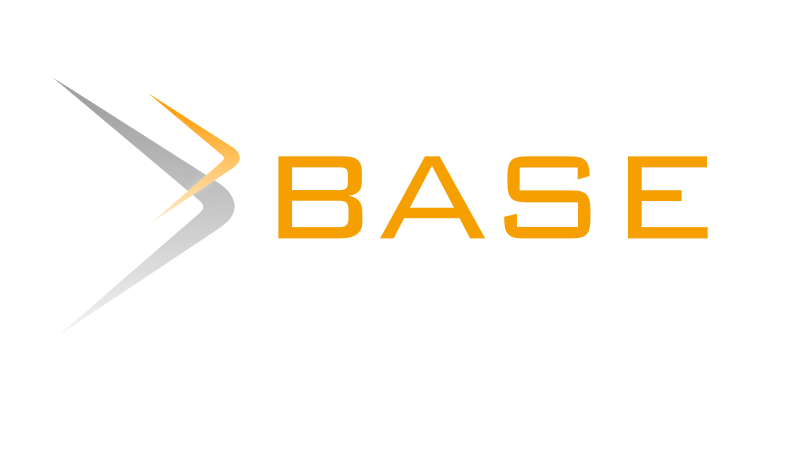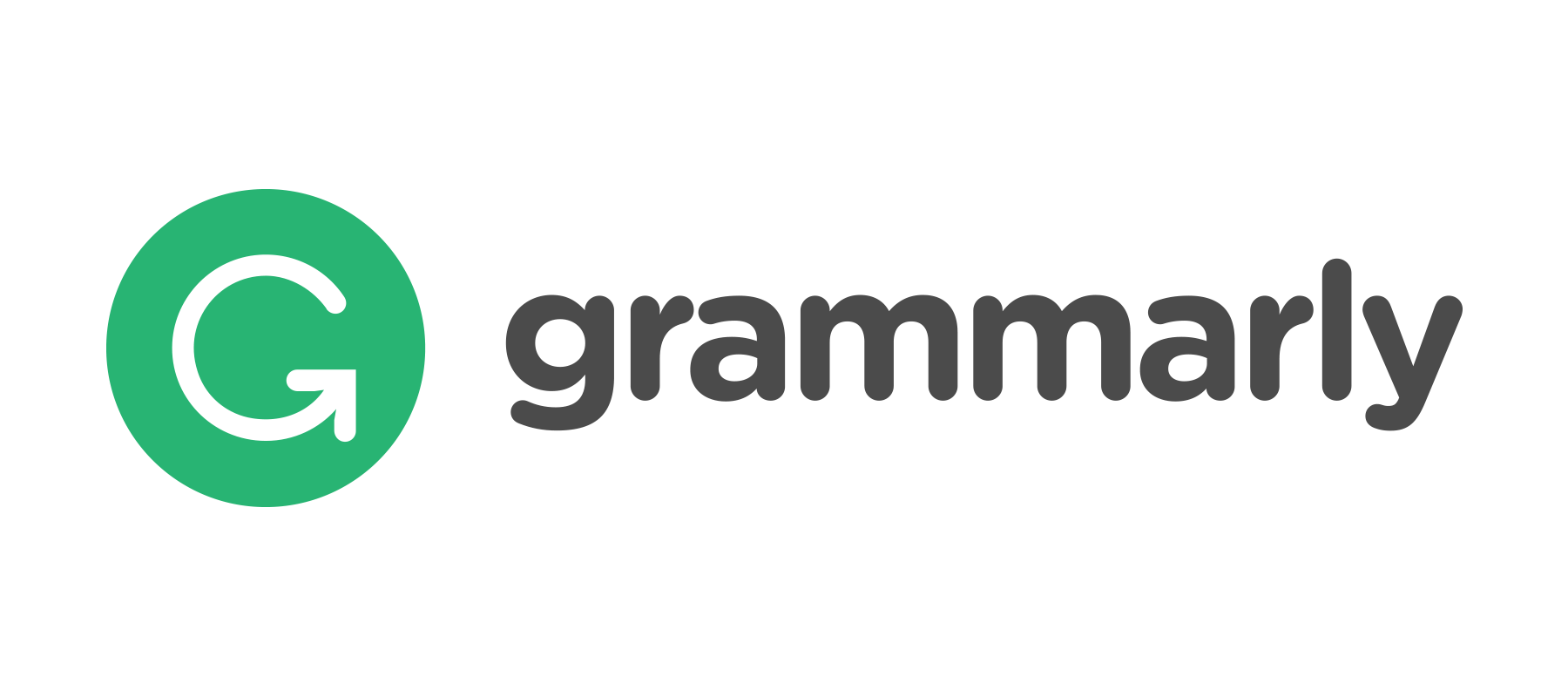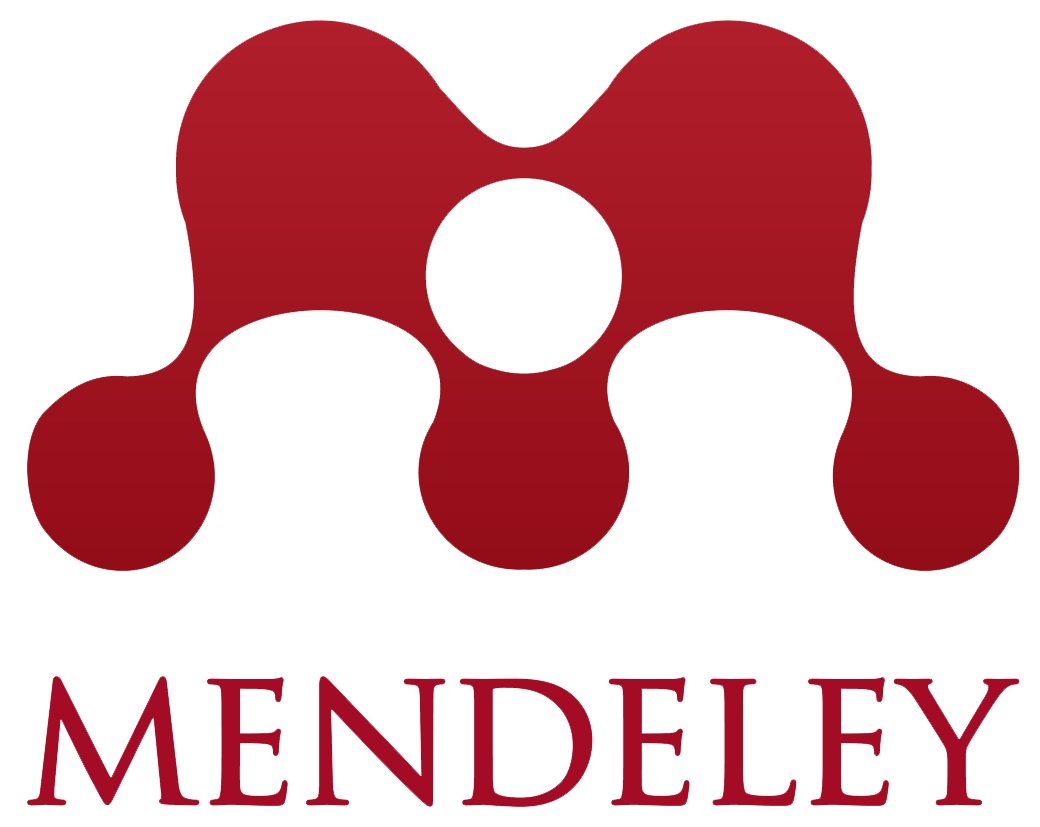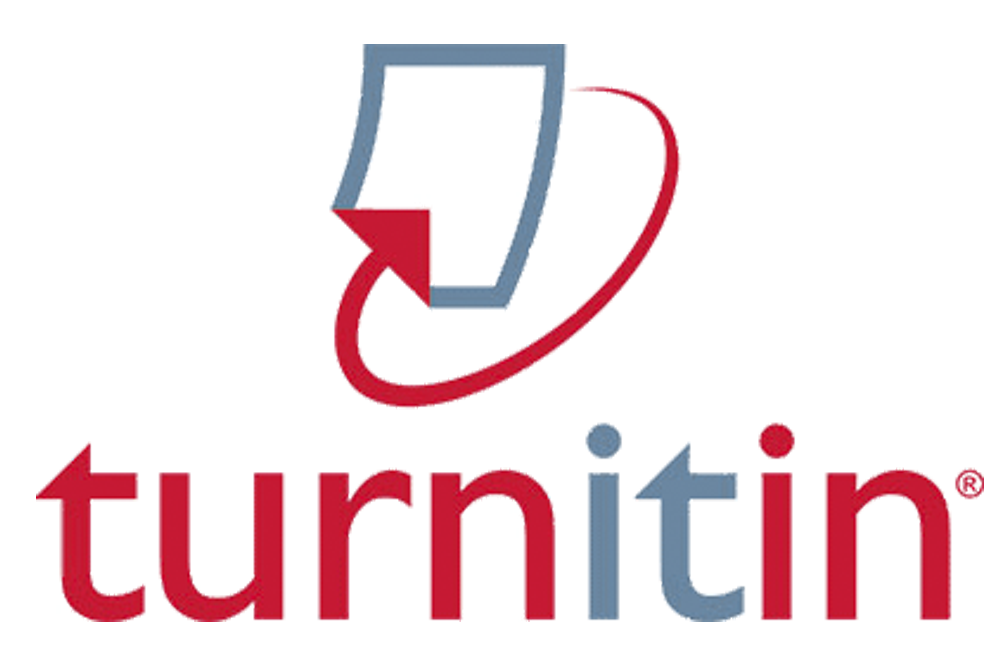Efektivitas Program Rehabilitasi Rumah Tidak Layak Huni Bagi Kesejahteraan Masyarakat di Kabupaten Cilacap
Studi Kasus Program CSR PT Solusi Bangun Indonesia Tbk Pabrik Cilacap
Abstract
ABSTRACT
This research aims to analyze the implementation model of the CSR program for Rehabilitation of Non-Habitable Homes and the effectiveness of the program in order to improve the welfare of the community through the concept of community empowerment. The research was conducted with a descriptive qualitative approach using a purposive sampling informant sampling system taken from the districts of Kesugihan, North Cilacap, Central Cilacap, South Cilacap and Jeruklegi.
This research found the results of the implementation of CSR Rehabilitation for Non-Habitable Homes PT Solusi Bangun Indonesia Tbk Cilacap Factory implemented the principle of synergy with the development program implemented by the Government of the Cilacap Regency together with the private sector PT Solusi Bangun Indonesia for the Cilacap Factory. The model of implementing Corporate Social Responsibility (CSR) Rehabilitation of Non-Habitable Homes (RRTLH) PT Solusi Bangun Indonesia (SBI) Tbk Cilacap Factory uses the basic principles of Tripple Bottom Line (Planet, profit and People) using top down development planning patterns in corporate planning and the government, then bottom up in the coordination and process of program implementation with the community, where the community participates in the decision-making process with stakeholders and companies regarding the programs implemented until the program is successful and the results are enjoyed by the community. The RTLH CSR program is able to increase community participation and self-actualization in community life and development. The RTLH Rehabilitation CSR Program has improved the physical and non-physical living conditions of the community.
From this research it can be concluded that the RTLH Rehabilitation CSR Program has increased self-actualization of poor communities as program recipients. The community is more empowered in terms of increasing capacity in gaining access to information, the economy. The community is empowered to be more capable in terms of cooperation and solidarity within the community. With these two aspects, the community is also able to face obstacles both in themselves and their environment in an effort to advance their potential to continue to develop and change for the better. (Concept of Social Empowerment)
Keywords: CSR, livable housing, bottom line tripple, bottom up, Empowerment







